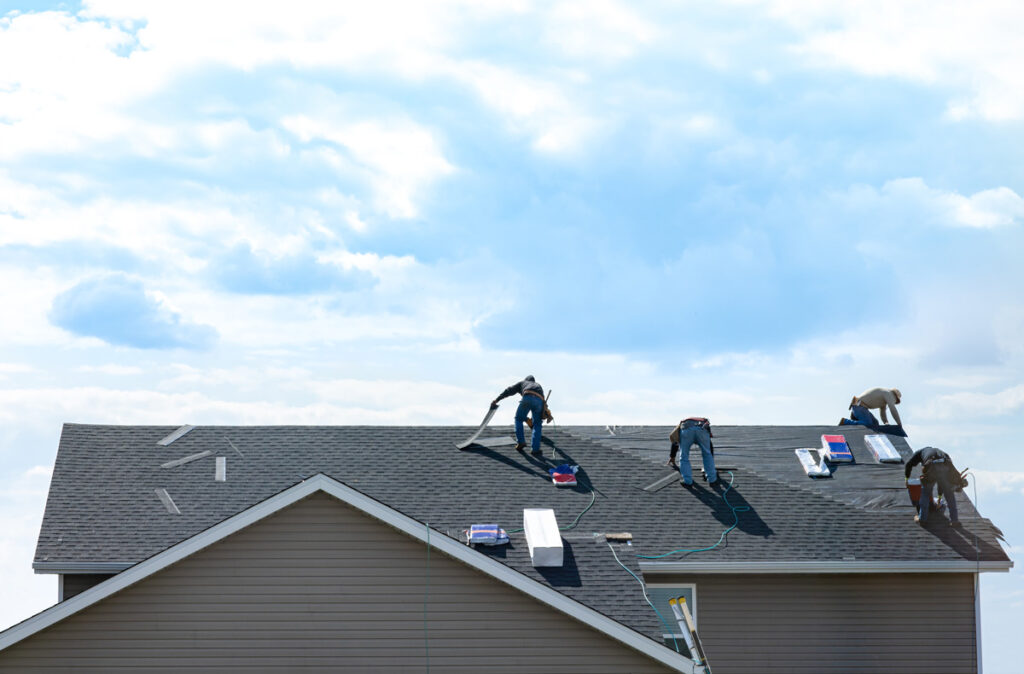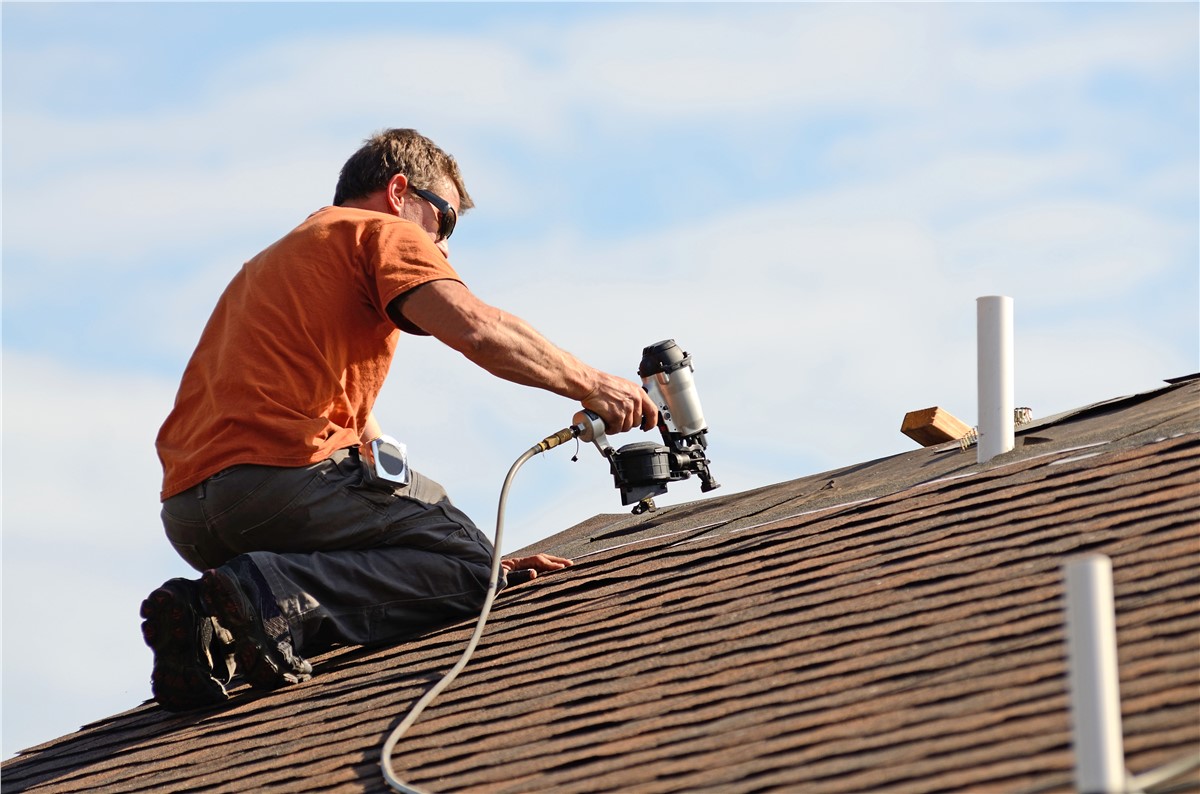Roofing Oahu: High Quality Services for Durable Roofs in Oahu
Roofing Oahu: High Quality Services for Durable Roofs in Oahu
Blog Article
A Property owner's Guide to Kind of Roofs: Picking the Right Style for Your Needs

Popular Roof Covering Styles
When it comes to choosing a roofing system design, home owners typically consider their alternatives meticulously to make certain both visual allure and functionality. Amongst one of the most preferred designs are the gable, hip, and flat roofings, each offering aesthetic features and unique benefits.
Gable roof coverings, identified by their triangular form, are preferred for their simple design and effective water drain. This style is particularly well-suited for areas with hefty rainfall or snow, as it reduces the danger of water pooling.
Hip roofings, which slope on all 4 sides, give additional security and longevity, making them an outstanding selection for locations prone to high winds. Their building complexity permits higher style flexibility and can boost the general visual appeal of a home.
Level roof coverings use a modern aesthetic and maximize functional outdoor space, making them preferred for urban settings. While they call for more maintenance to stop water build-up, their streamlined look can enhance modern style.
Eventually, the selection of roof covering style ought to reflect the homeowner's individual taste while thinking about factors such as local environment, building design, and prospective resale value. Each design adds uniquely to a home's overall character and performance.

Material Options
Selecting the appropriate roofing material is equally as crucial as picking the right style, as it significantly affects the roofing system's toughness, upkeep requirements, and overall aesthetic. roofers oahu. House owners have a range of options to consider, each with special advantages and drawbacks


Steel roofing provides extraordinary durability and durability, often exceeding 50 years, while also being light-weight and immune to fire and rot. Metal roofing systems can be extra costly upfront.
Clay and concrete floor tiles offer a timeless appearance and impressive life-span yet call for a tough structure as a result of their weight. These products are resistant and extremely long lasting to extreme weather. Wood drinks offer a rustic visual yet require regular maintenance to avoid rot and insect damage.
Lastly, synthetic roof covering materials, such as rubber or plastic composites, simulate the look of typical products while being low-maintenance and light-weight. Ultimately, the choice of roof covering material ought to line up with the property owner's spending plan, desired life expectancy, and upkeep choices, ensuring a suitable suit for their certain needs.
Energy Performance Factors To Consider
Power performance plays a crucial duty in the general efficiency of a roof covering system, affecting both ecological sustainability and home owner utility prices. When choosing a roof, it is crucial to consider products and designs that enhance power efficiency. As an example, reflective roofing products, frequently described as "trendy roofs," can significantly lower warm absorption, lowering interior temperatures and minimizing the need for a/c.
In addition, the roofing system's color and incline can affect its power performance. Lighter shades commonly mirror a lot more sunshine, while outstanding pitched roofing systems assist in far better air movement, lowering warm accumulation - roofers oahu. Insulation also plays a vital function; a well-insulated roofing system can protect against warmth loss in winter months and maintain insides cooler in summer, therefore enhancing power financial savings
Additionally, integrating energy-efficient roof covering options with solar panels can better reduce energy expenses and dependence on nonrenewable resources. Property owners need to additionally think about local climate conditions when selecting roof materials and styles, as these aspects directly influence energy consumption.
Maintenance Demands
The durability and efficiency of a roof covering system are substantially influenced by the maintenance needs related to its style and materials. Various roofing types require differing degrees of maintenance, which can impact both the property owner's time and budget.
Routine cleansing of seamless gutters is important to prevent water damages and extend the roofing system's life-span. These roofing systems also benefit from cleaning up to preserve visual charm and functionality.
Tile roofings, recognized for their durability, demand much less frequent upkeep yet require careful inspection and replacement of harmed tiles. Flat roof coverings, although supplying modern looks, frequently require even more focus; they require normal examination for pooling water and debris elimination to stay clear of leaks.
Eventually, understanding the upkeep needs related to different roof designs enables homeowners to make informed choices, guaranteeing the chosen roof lines up with their way of life and commitment to maintenance. Focusing on maintenance will certainly improve the roofing system's efficiency and extend its service life, giving assurance for years ahead.
Effect On Resale Value
When considering a brand-new roof design, home owners must recognize that the choice can dramatically influence the property's resale worth. An appropriate roofing not only improves curb allure yet likewise signifies to prospective navigate here purchasers that the home is well-kept and structurally audio. Different roofing materials and styles lug differing levels of value in the property market.
For example, asphalt roof shingles are prominent as a result of their cost and vast array of shades, commonly interesting budget-conscious buyers. Conversely, a steel roofing, while more costly in advance, supplies durability and energy efficiency, which can bring in customers trying to find reduced maintenance and sustainability. Furthermore, distinct designs such as slate or floor tile can add a touch of high-end, potentially raising the residential property's value in upscale markets.
Regional choices likewise play an important role; homes in areas with hefty snowfall may benefit from considerably pitched roofs, while seaside regions might favor long lasting materials resistant to deep sea corrosion (roofers oahu). Ultimately, house owners need to browse this site take into consideration both aesthetic charm and useful advantages when selecting a roof covering. A thoughtful option guarantees that the financial investment not only meets individual needs but additionally improves the building's bankability and resale potential
Conclusion
To conclude, selecting the suitable roof style requires a careful evaluation of different variables, consisting of neighborhood climate, architectural design, and maintenance needs. Each roof choice, whether it be gable, hip, or level, has distinctive benefits and disadvantages that influence energy performance and prospective resale value. Ultimately, a knowledgeable choice concerning roofing choice can improve the aesthetic allure, performance, and longevity of a home, ensuring it continues to be a useful possession for years to come.
Picking the suitable roof covering style for your home is an essential choice that can considerably affect both aesthetics and performance. While gable roofs excel in water drain, hip roof coverings may use higher strength against wind.When taking into consideration a new roof design, house owners ought to acknowledge that the option can dramatically influence here are the findings the building's resale worth. Eventually, property owners ought to take into consideration both aesthetic appeal and functional advantages when selecting a roofing.In final thought, choosing the suitable roof covering design necessitates a cautious analysis of different variables, including local climate, architectural design, and maintenance demands.
Report this page